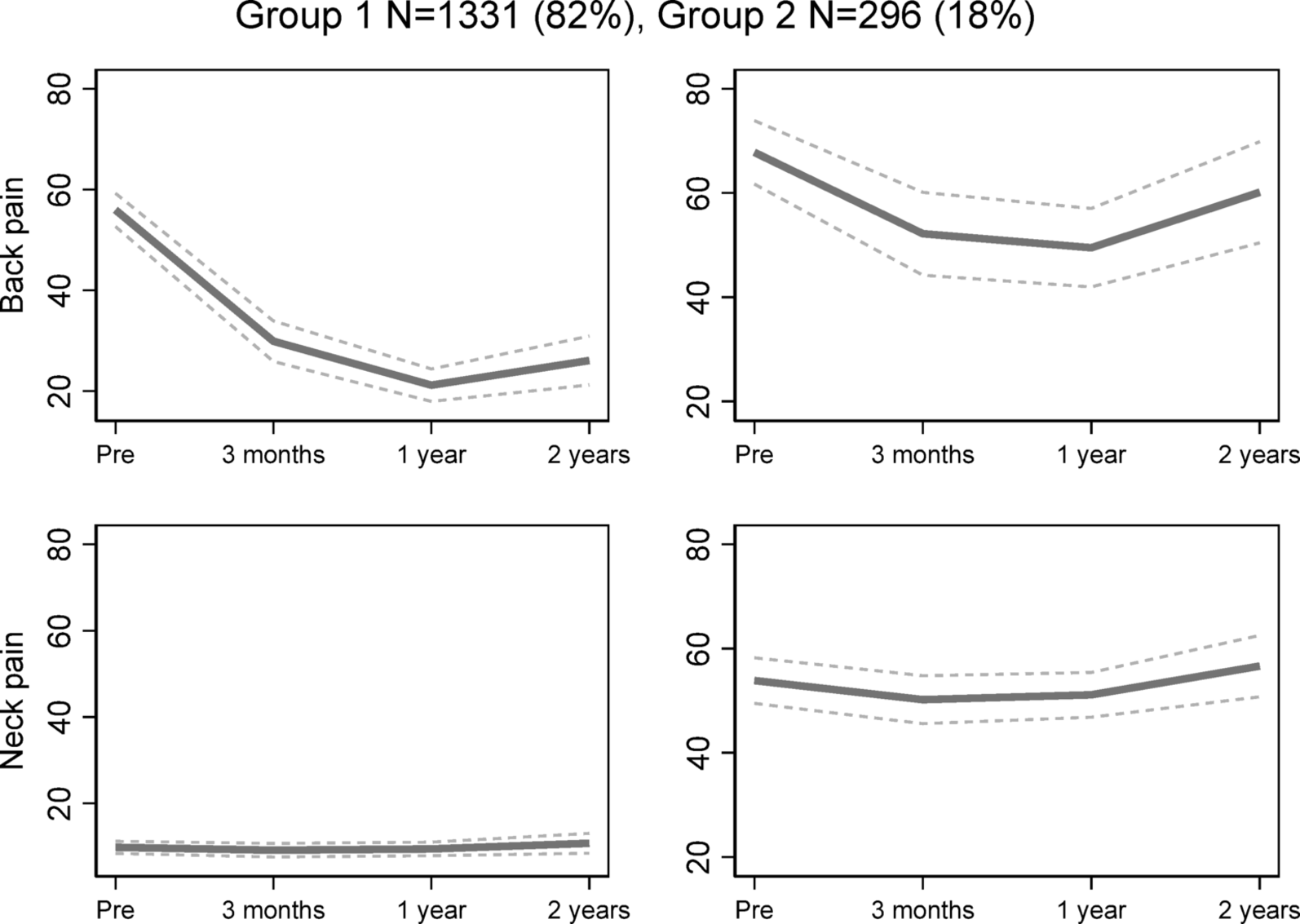Jacob KC, Patel MR, Parsons AW, Vanjani NN, Pawlowski H, Prabhu MC, et al. The effect of the severity of preoperative back pain on patient-reported outcomes, recovery ratios, and patient satisfaction following minimally invasive transforaminal…
Concurrent changes in disability caused by back and neck pain after lumbar spine surgery: a multigroup trajectory analysis | Journal of Orthopaedic Surgery and Research
